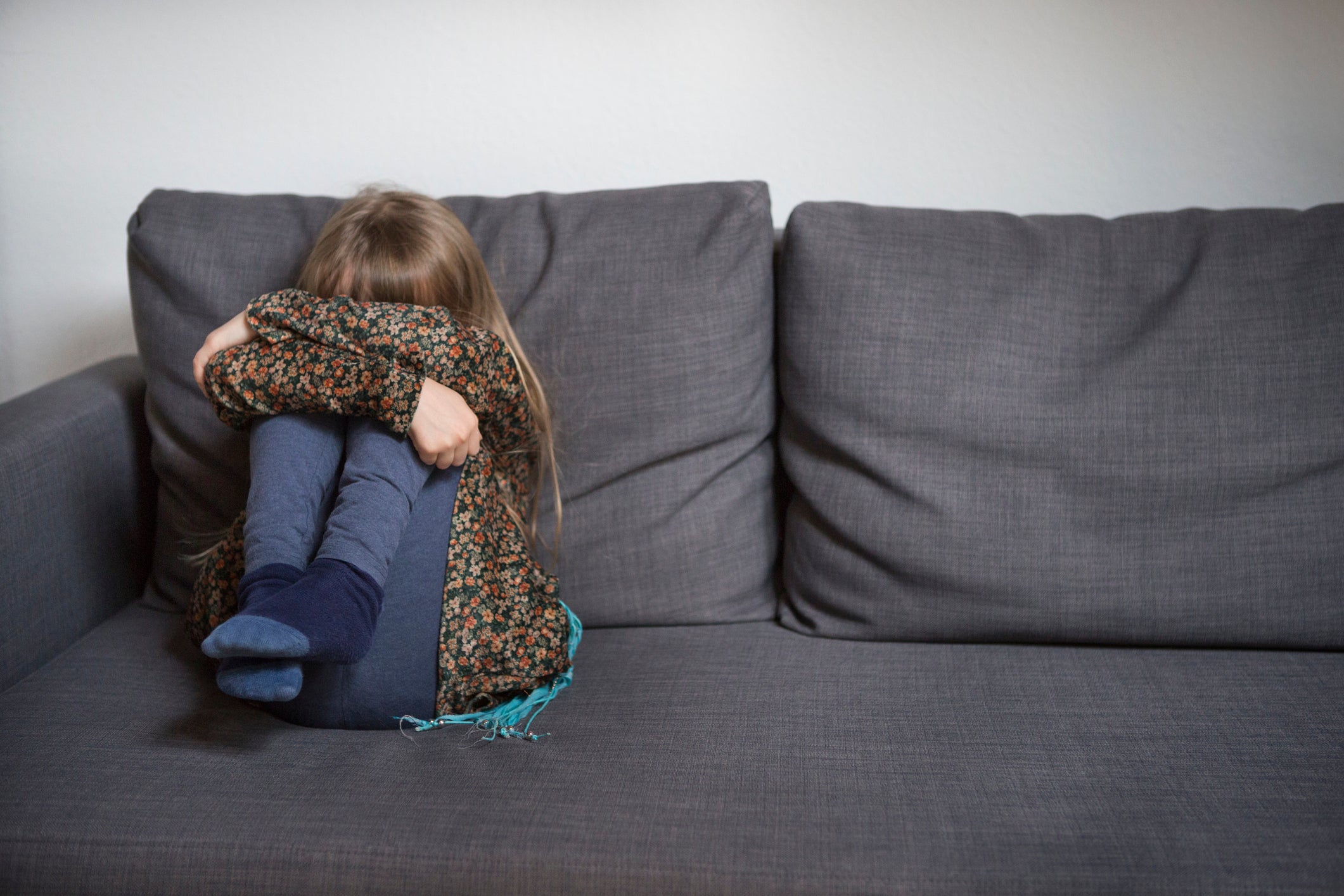Health
Transforming Halloween: Strategies for Neurodiverse Families

Halloween often emerges as one of the most anticipated celebrations for children, surpassing even Christmas in excitement. However, for families with neurodiverse children, this holiday can present unique challenges. The sensory overload, emotional strain, and sleep disruption associated with the festivities can turn what might be a joyous occasion into a source of anxiety.
Research indicates that neurodiverse children, including those with Attention Deficit Hyperactivity Disorder (ADHD), may develop executive function skills at a pace roughly one-third slower than their neurotypical peers. This developmental gap can lead to difficulties in emotional regulation and impulse control, particularly during stimulating events like Halloween. The combination of costumes, sugary treats, and spooky imagery can easily overwhelm these children, blurring the line between reality and fantasy and making bedtime a significant challenge.
Understanding the Impact of Halloween on Neurodiverse Children
For many neurodiverse children, excitement can trigger feelings of anxiety and confusion. According to a study published in the Journal of Clinical Sleep Medicine in 2016, diets high in sugar are associated with lighter, more restless sleep, which can exacerbate existing challenges related to sleep and emotional regulation. As nighttime falls and children are left with racing thoughts, the potential for meltdowns or emotional exhaustion increases.
Halloween, with its barrage of stimuli—from bright decorations to unsettling costumes—can be particularly taxing. For families like that of Elva Etienne, avoiding traditional Halloween festivities seemed like the best option for years. The sensory overload and the challenges of managing a busy, imaginative mind made the holiday feel more like a nightmare than a celebration.
Creating a Calmer Halloween Experience
Elva Etienne’s family adapted their Halloween celebrations to create a more manageable experience. In the early years, they opted for simplicity, steering clear of traditional decorations and focusing instead on engaging in low-stress activities. They created festive meals, such as pumpkin-shaped sandwiches, and enjoyed a “disco bath” with glow sticks and music, allowing their child to participate in the spirit of the holiday without overwhelming stimuli.
As their child grew older, they ventured out for a brief period of trick-or-treating but maintained a structured approach. Setting clear boundaries and expectations proved essential for a smoother experience.
For families facing similar challenges, here are several practical strategies to consider:
1. **Go Early**: Plan to visit houses while it’s still light outside, allowing for a gradual wind-down afterward.
2. **Keep It Short**: Limit the number of houses visited to avoid overstimulation.
3. **Take 5**: Allow children to choose a limited number of sweets to enjoy that night, saving the rest for another time.
4. **Communicate with Neighbors**: Inform neighbors ahead of time if any costumes or surprises might be overwhelming for your child.
5. **Use a Code Word**: Establish a discreet phrase that signals your child is ready to go home, ensuring they have a way to express their discomfort.
6. **Plan for Recovery**: Recognize that the day after Halloween may require flexibility in plans to accommodate potential emotional fallout.
7. **Create New Traditions**: Consider alternatives like a themed movie night or a treasure hunt at home, redefining what celebration means for your family.
Gee Eltringham, a psychotherapist and mother, emphasizes that sometimes the most inclusive approach involves redefining how families celebrate. Her initiative, twigged, offers a toolkit designed to support families with children with ADHD, helping to create environments that are more conducive to enjoyment during challenging times.
As Halloween approaches, families can take steps to ensure that this season remains a time of joy rather than stress. By implementing thoughtful strategies and understanding the unique needs of neurodiverse children, families can transform Halloween into a positive experience that aligns with their child’s needs.
-

 Entertainment2 months ago
Entertainment2 months agoAnn Ming Reflects on ITV’s ‘I Fought the Law’ Drama
-

 Entertainment3 months ago
Entertainment3 months agoKate Garraway Sells £2 Million Home Amid Financial Struggles
-

 Health2 months ago
Health2 months agoKatie Price Faces New Health Concerns After Cancer Symptoms Resurface
-

 Entertainment2 months ago
Entertainment2 months agoCoronation Street’s Carl Webster Faces Trouble with New Affairs
-

 Entertainment2 months ago
Entertainment2 months agoWhere is Tinder Swindler Simon Leviev? Latest Updates Revealed
-

 Entertainment3 months ago
Entertainment3 months agoKim Cattrall Posts Cryptic Message After HBO’s Sequel Cancellation
-

 Entertainment2 months ago
Entertainment2 months agoOlivia Attwood Opens Up About Fallout with Former Best Friend
-

 Entertainment2 months ago
Entertainment2 months agoMasterChef Faces Turmoil as Tom Kerridge Withdraws from Hosting Role
-

 Entertainment3 months ago
Entertainment3 months agoMarkiplier Addresses AI Controversy During Livestream Response
-

 Entertainment4 months ago
Entertainment4 months agoSpeculation Surrounds Home and Away as Cast Departures Mount
-

 World2 months ago
World2 months agoCole Palmer’s Mysterious Message to Kobbie Mainoo Sparks Speculation
-

 Entertainment2 months ago
Entertainment2 months agoITV’s I Fought the Law: Unraveling the True Story Behind the Drama





















